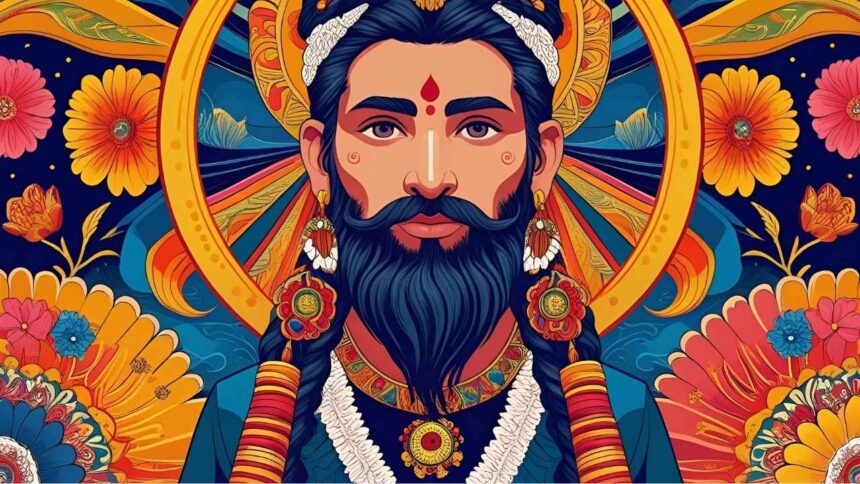What Does Pellela Mean?
Pellela is not just a word; it’s a symbol of tradition, identity, and connection to heritage. In many cultures, Pellela may refer to a concept that holds emotional, spiritual, or symbolic importance—like an object, idea, or tradition passed down through generations.
The meaning of Pellela can change depending on the region or people using it. In some places, it might be tied to a special ritual or crafted item. In others, it could be an idea that reflects unity, memory, or the soul of a community.
Why This Concept Matters Today
In a fast-changing world, traditional concepts like Pellela remind us of who we are and where we come from. They offer a sense of belonging and help preserve cultures that might otherwise disappear. That’s why exploring Pellela is more than a history lesson—it’s a bridge to the future.
Origins and Historical Background
Where Did Pellela Come From?
The origins of Pellela go deep into local histories. It may have come from indigenous communities, ancient civilizations, or early cultural groups who used it to mark identity or tradition. Some say Pellela was once used in village ceremonies or family rituals.
Pellela in Ancient Communities
In early societies, Pellela may have been linked to a shared item—like a ceremonial cloth, musical instrument, or carved object—passed from generation to generation. It was a sign of responsibility, memory, and respect.
Pellela in Traditional Culture
Symbolism and Rituals
Pellela often held symbolic meaning. It could represent growth, life cycles, or family unity. In rituals, it might be used to bless weddings, births, or harvests. Sometimes, only elders or spiritual leaders were allowed to touch or use the Pellela.
Role in Family and Community Life
In many families, Pellela played a central role. It could be something hung in the home, worn during festivals, or used during storytelling. Community members respected its presence and what it stood for.
Pellela in Language and Literature
Folktales and Sayings
Pellela appears in many old stories and folk sayings. It may be spoken of as “the keeper of memory” or “the silent teacher.” These tales helped pass down moral values, lessons, and cultural beliefs.
References in Local Poetry
In traditional poems and songs, Pellela might symbolize the beauty of culture or the strength of the ancestors. Writers used the word to express longing, hope, and pride.
Pellela in Art and Music
How Artists Depicted Pellela
From handmade carvings to detailed paintings, Pellela was often a subject in traditional art. Artists used shapes and colors to reflect its deep meaning. It may appear in murals, fabric patterns, or symbolic drawings.
Songs and Instruments
In music, Pellela might be mentioned in lyrics or even represented through certain instruments. Drums, flutes, or stringed tools may be connected to Pellela in specific regions.
Pellela in Clothing and Craftsmanship
Traditional Patterns or Designs
Many times, Pellela is seen in clothing as a symbol or embroidered design. People wore it to show respect during important occasions. These patterns were often handmade and taught from parent to child.
Use in Handmade Items
Crafts such as pottery, jewelry, and baskets also carry Pellela symbols. These items weren’t just decorations—they were storytellers, keeping history alive through touch and sight.
Spiritual and Religious Aspects of Pellela
Connection to Belief Systems
In spiritual traditions, Pellela may be viewed as sacred. It could represent harmony, life, or connection to ancestors. People might pray with it, offer it during ceremonies, or protect it with great care.
Role in Ceremonies
From harvest festivals to spiritual cleansing, Pellela often played a key role. Some communities believed it had the power to bring blessings, protect homes, or guide lost souls.
Decline and Transformation Over Time
Influence of Colonization or Modernization
Sadly, like many cultural items, Pellela faced decline due to colonization, war, or modernization. Many families stopped using it. Its meaning faded or changed as societies shifted toward global lifestyles.
Loss or Change of Meaning
Today, some younger people may not know what Pellela once meant. In some areas, it’s now just a decorative item or forgotten term. But this is changing again.
The Modern Revival of Pellela
Cultural Movements
There’s a strong movement to revive and protect cultural heritage. Communities, museums, and youth groups are bringing back Pellela. They’re using it in art, education, and storytelling.
How Youth Are Reconnecting With It
Young people are wearing Pellela symbols, asking elders about its history, and using social media to celebrate it. They are giving Pellela a fresh voice for a new generation.
Pellela in Contemporary Media and Pop Culture
Films, documentaries, and music videos now feature Pellela to highlight indigenous stories and cultural pride. Social media influencers also use it to show respect to their roots or spread awareness.
Educational and Academic Perspectives
Universities and cultural centers are researching Pellela as a subject of history, anthropology, and sociology. This helps preserve its meaning and ensure it’s passed on correctly.
Community Leaders and Elders on Pellela
Elders are vital in keeping Pellela alive. Their stories, teachings, and memories hold the deepest truths about this concept. Community leaders are helping document and share this valuable knowledge.
Pellela in Festivals and Celebrations
Local events now include Pellela as part of the tradition. Whether it’s displayed in booths, worn in parades, or discussed on stage, it stands as a symbol of pride and unity.
How Pellela Shapes Identity and Belonging
To many people, Pellela is more than an item—it’s a part of who they are. It reminds them of their language, family, land, and beliefs. It helps people feel proud of their cultural roots.
Global Interest in Pellela
The world is becoming more curious about local traditions. Tourists and cultural researchers want to learn about Pellela. This opens doors for cultural exchange and appreciation.
Frequently Asked Questions
What exactly is Pellela?
Pellela is a traditional cultural concept, often symbolized by a crafted item, story, or belief passed through generations.
Is Pellela still used today?
Yes! In many communities, Pellela is being revived through fashion, art, and education.
Can Pellela mean different things?
Yes. Its meaning can vary based on culture or region, but it always reflects tradition and heritage.
Where can I learn more about Pellela?
Local museums, elders, cultural centers, or even social media pages dedicated to heritage offer insights.
Why is Pellela important in modern times?
It helps preserve cultural identity, teaches valuable lessons, and connects people to their past.
Is Pellela only found in one country?
Not necessarily. Many cultures have similar concepts, but the term Pellela might be unique to a specific group.
Conclusion
The story of Pellela is the story of memory, culture, and pride. It may have roots in the past, but it still grows in the present. By learning about Pellela, we honor the wisdom of our ancestors and protect it for future generations.





